‘Extraordinary asymmetry’: the history of Israeli prisoner swaps
Exchange of Israeli hostages for Palestinian detainees is the latest in a series of trades in which Israeli lives appear to count for more
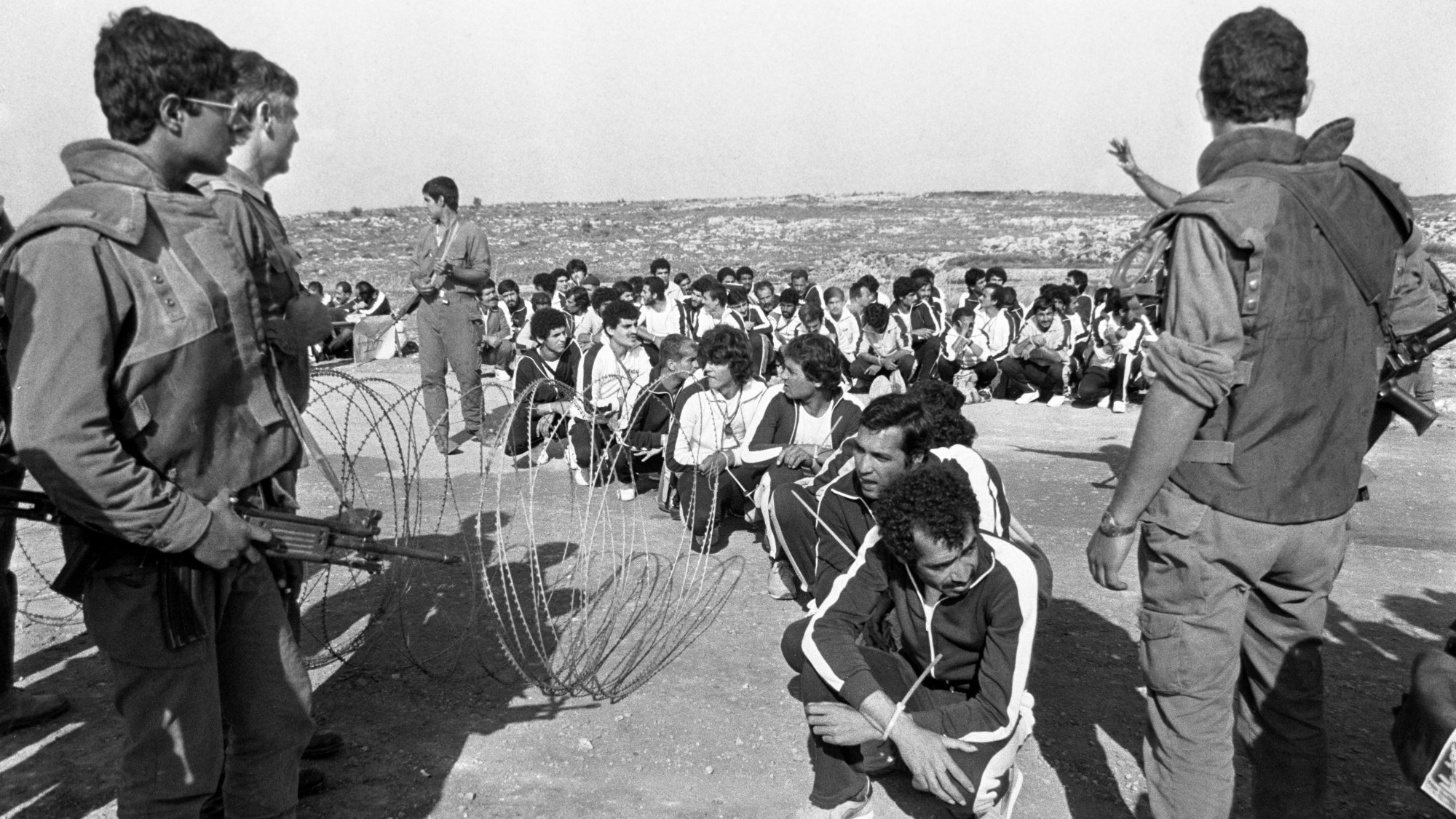
There were tears and cheers on both sides of the Gaza-Israel border yesterday as 20 living Israeli hostages and almost 2,000 Palestinian detainees were released in a prisoner swap. The trade, phase one of a prospective peace deal between Hamas and Israel, was only the latest chapter in a long history of asymmetrical prisoner swaps between Israel and its enemies.
‘Losing dignity’
In 1983, six Israeli prisoners held by the Palestine Liberation Organization were released in exchange for a “whopping 4,700 Arabs”, said The Times of Israel. Two years later, Israel agreed to release 1,150 Palestinian prisoners, including “notorious murderers”, in exchange for three captured soldiers.
In 2008, a swap was agreed for the return of Ehud Goldwasser and Eldad Regev, who were taken during a month-long war between Israel and Hezbollah. There had been fears that the two Israeli hostages were dead, but it wasn’t until the day of the swap that their fate was confirmed, when Hezbollah handed over two coffins. Israel returned five living prisoners, including Samir Kantar, who was serving a life sentence for a 1979 attack that killed a four-year-old girl and her father, as well as the bodies of 199 militants. In that exchange, it was felt that Israel had lost “a bit of its dignity”, said Der Spiegel.
The Week
Escape your echo chamber. Get the facts behind the news, plus analysis from multiple perspectives.

Sign up for The Week's Free Newsletters
From our morning news briefing to a weekly Good News Newsletter, get the best of The Week delivered directly to your inbox.
From our morning news briefing to a weekly Good News Newsletter, get the best of The Week delivered directly to your inbox.
In 2011, an Israeli soldier hostage, Gilad Shalit, was exchanged for 1,027 Palestinian prisoners as part of an agreement between Hamas and Israel, and in 2023, a temporary truce saw Israel release 240 prisoners while Hamas freed 105 hostages taken in the 7 October attack.
‘Strength and weakness’
Israel’s “readiness to do a deal” on terms of “extraordinary asymmetry” is a “strength” in that it “reassures the country’s conscript troops and their families that everything possible will be done to secure their return if they’re captured”, said the BBC. But it’s also a “weakness” because it “advertises” the “high price which can be extracted from Israel” for any captive.
The asymmetry of prisoner swaps is one of the reasons for Israel’s contentious “Hannibal Directive”, which allows the Israeli military to use any force necessary to prevent its soldiers from being taken hostage in the first place. This includes “action that will lead to those captives’ deaths”, said Al Jazeera.
It’s believed that the Hannibal Directive was deployed during the 7 October attacks. According to the Israeli newspaper Haaretz, a message sent to Israeli troops about five hours after the attacks began, when Hamas militants were fleeing with their captives, stressed that “not a single vehicle can return to Gaza”.
A free daily email with the biggest news stories of the day – and the best features from TheWeek.com
An inquiry by a UN-backed commission confirmed at least one instance in which an Israeli tank “applied the Hannibal Directive by shooting at a vehicle” believed to be carrying abducted Israeli soldiers, as well as two other occasions in which the directive was “likely applied”, resulting in the deaths of as many as 14 civilians. Israel said internal investigations into what happened on 7 October are under way.
Chas Newkey-Burden has been part of The Week Digital team for more than a decade and a journalist for 25 years, starting out on the irreverent football weekly 90 Minutes, before moving to lifestyle magazines Loaded and Attitude. He was a columnist for The Big Issue and landed a world exclusive with David Beckham that became the weekly magazine’s bestselling issue. He now writes regularly for The Guardian, The Telegraph, The Independent, Metro, FourFourTwo and the i new site. He is also the author of a number of non-fiction books.
-
 Heavenly spectacle in the wilds of Canada
Heavenly spectacle in the wilds of CanadaThe Week Recommends ‘Mind-bending’ outpost for spotting animals – and the northern lights
-
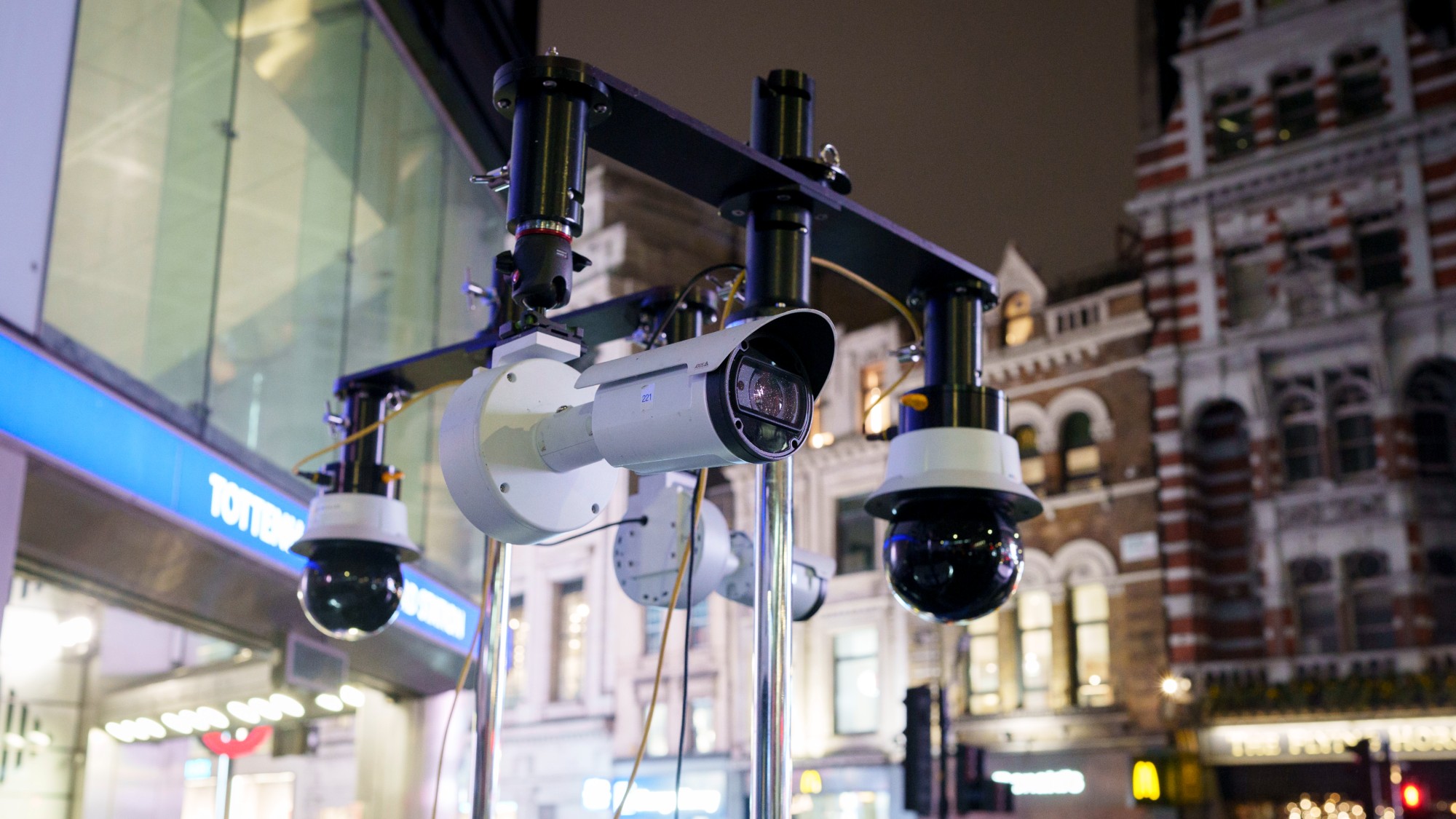 Facial recognition: a revolution in policing
Facial recognition: a revolution in policingTalking Point All 43 police forces in England and Wales are set to be granted access, with those against calling for increasing safeguards on the technology
-
 Codeword: December 14, 2025
Codeword: December 14, 2025The daily codeword puzzle from The Week
-
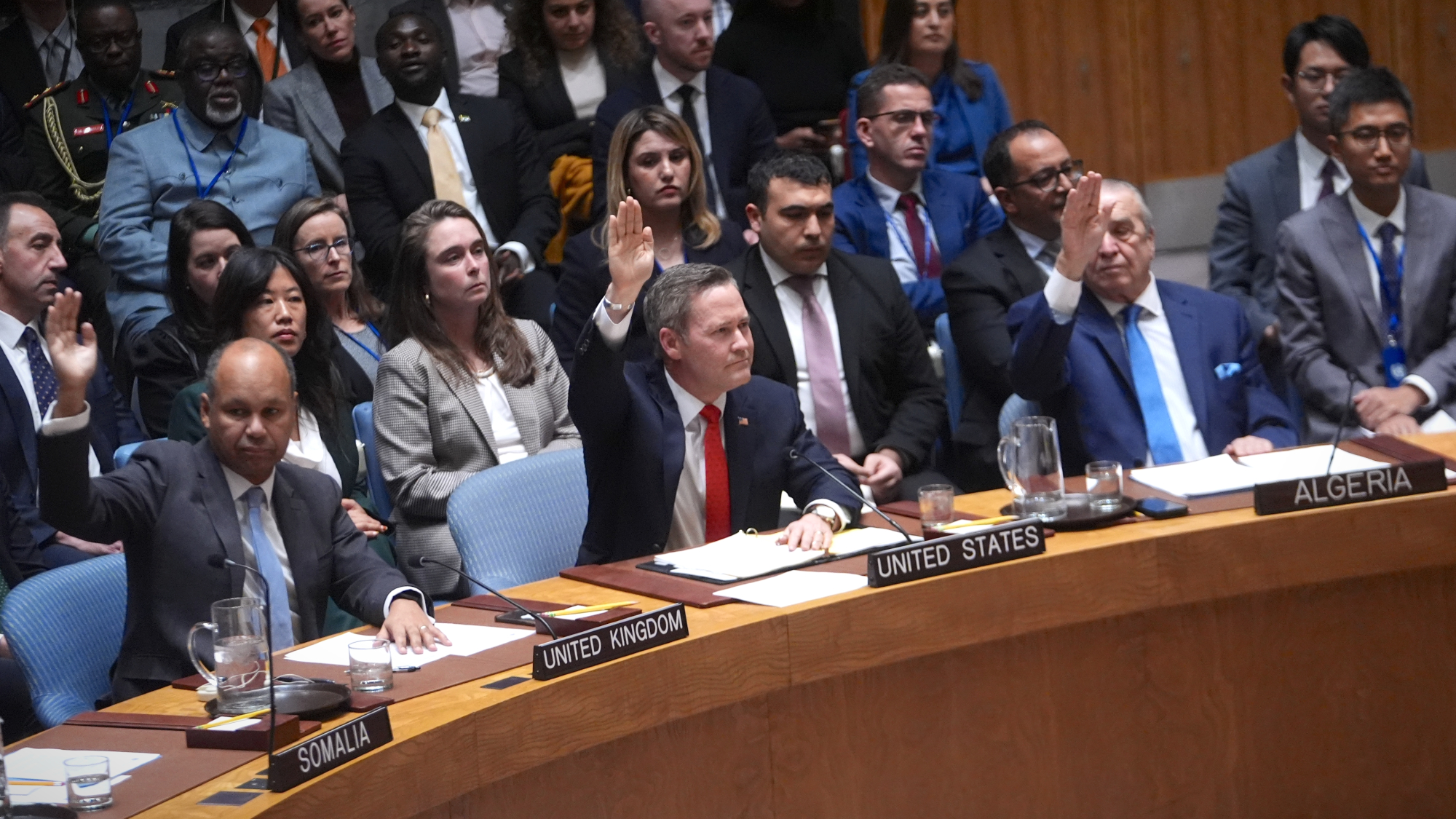 UN Security Council backs Trump’s Gaza peace plan
UN Security Council backs Trump’s Gaza peace planSpeed Read The United Nations voted 13-0 to endorse President Donald Trump’s 20-point plan to withdraw Israeli troops from Gaza
-
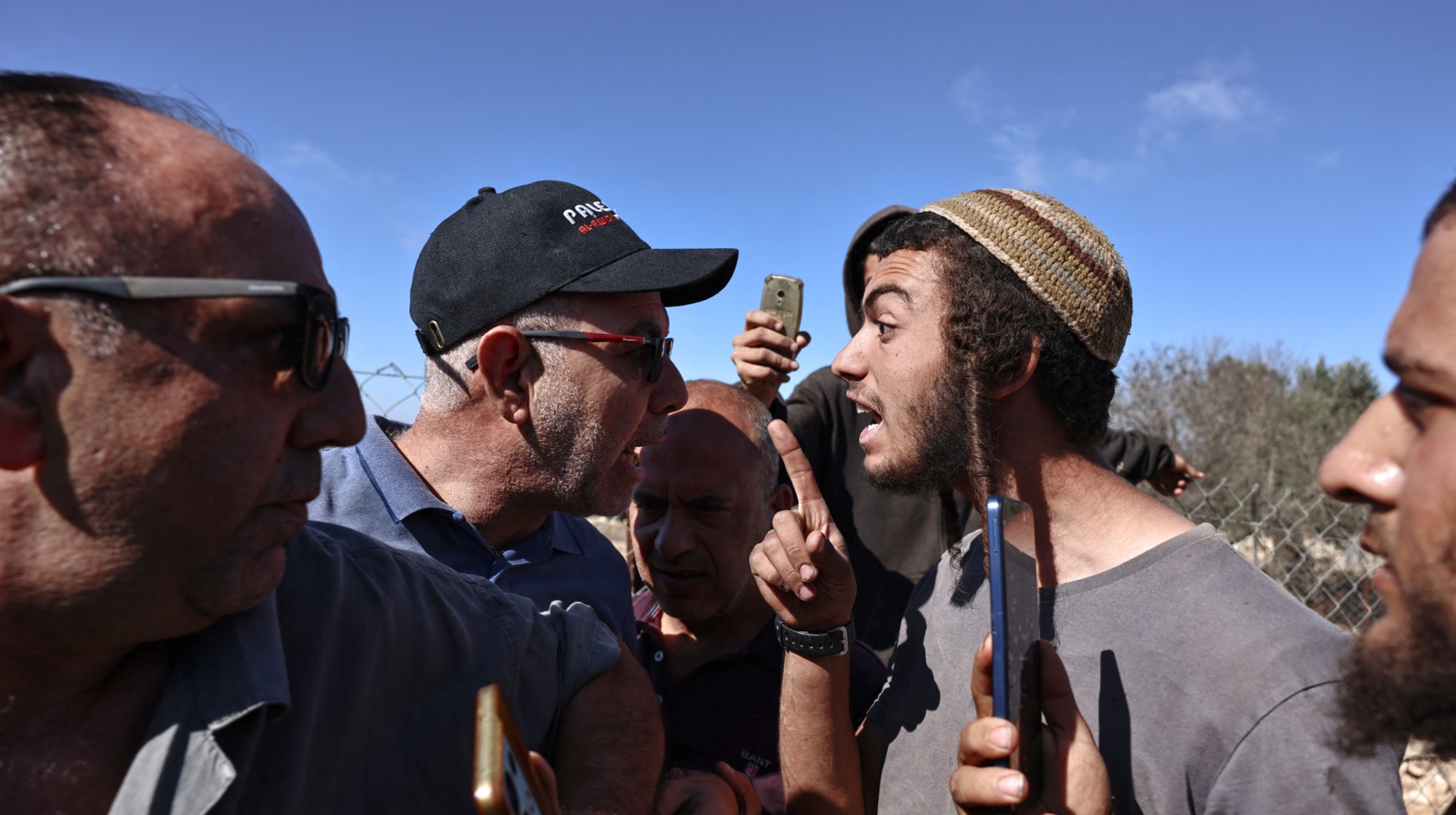 Israel jolted by ‘shocking’ settler violence
Israel jolted by ‘shocking’ settler violenceIN THE SPOTLIGHT A wave of brazen attacks on Palestinian communities in the West Bank has prompted a rare public outcry from Israeli officials
-
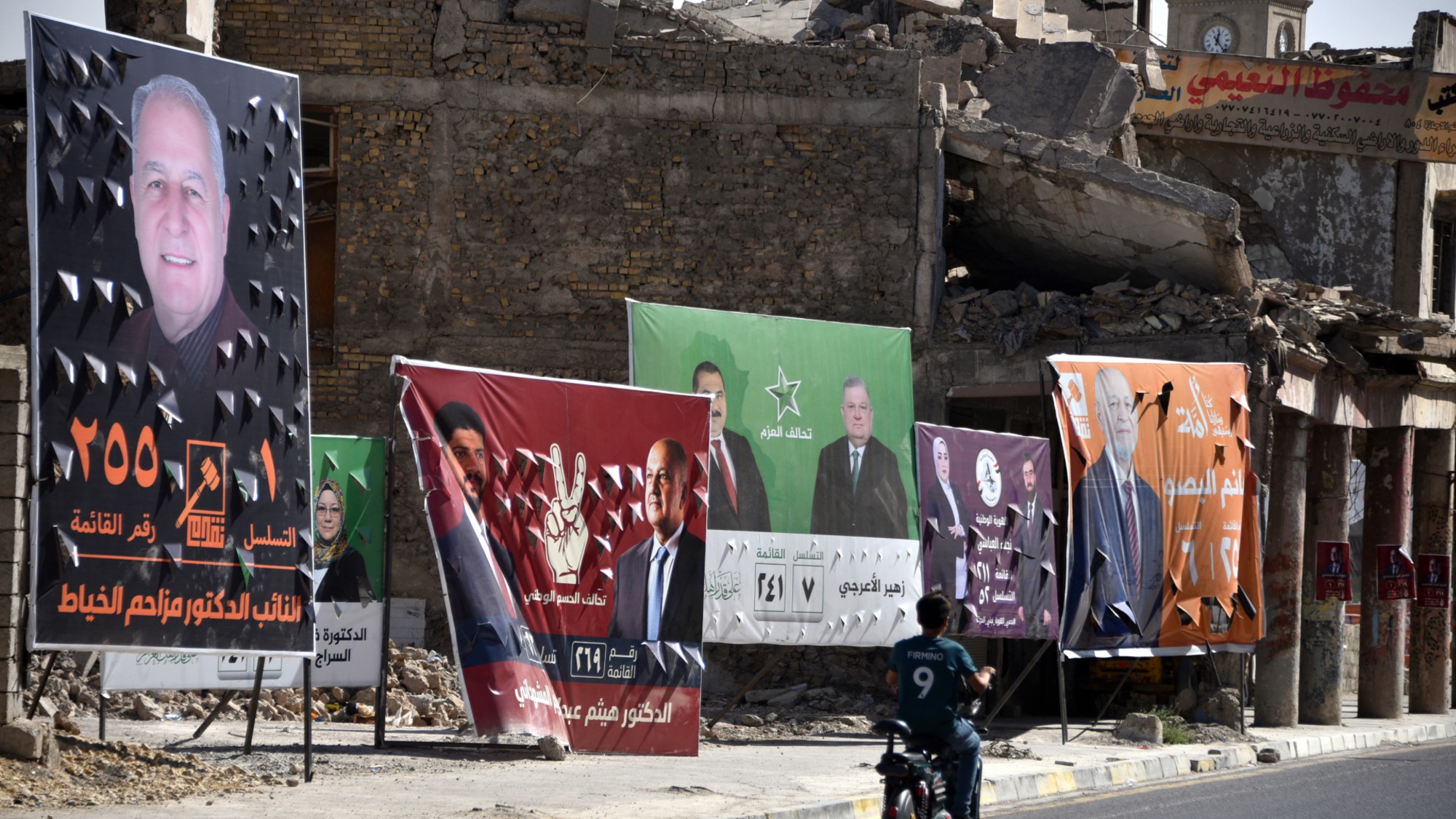 Why these Iraqi elections are so important
Why these Iraqi elections are so importantThe Explainer The US and Israel are increasingly pressuring Baghdad to tackle Iran-backed militants, while weakened Iran sees Iraq as a vital remaining ally
-
 Israel arrests ex-IDF legal chief over abuse video leak
Israel arrests ex-IDF legal chief over abuse video leakSpeed Read Maj. Gen. Yifat Tomer-Yerushalmi had resigned from her post last week
-
 Gaza ceasefire teeters as Netanyahu orders strikes
Gaza ceasefire teeters as Netanyahu orders strikesSpeed Read Israel accused Hamas of firing on Israeli troops
-
 Gaza’s reconstruction: the steps to rebuilding
Gaza’s reconstruction: the steps to rebuildingIn The Spotlight Even the initial rubble clearing in Gaza is likely to be fraught with difficulty and very slow
-
 Israel, Hamas agree to first step of Trump peace plan
Israel, Hamas agree to first step of Trump peace planSpeed Read Israel’s military pulls back in Gaza amid prisoner exchange
-
 Israel intercepts 2nd Gaza aid flotilla in a week
Israel intercepts 2nd Gaza aid flotilla in a weekSpeed Read The Israeli military intercepted a flotilla of nine boats with 145 activists aboard along with medical and food aid